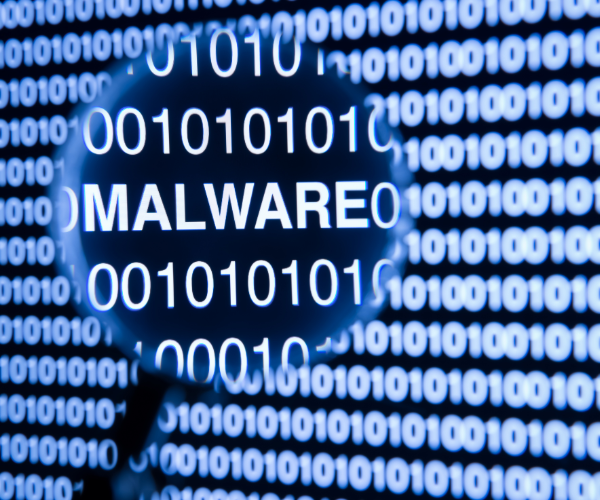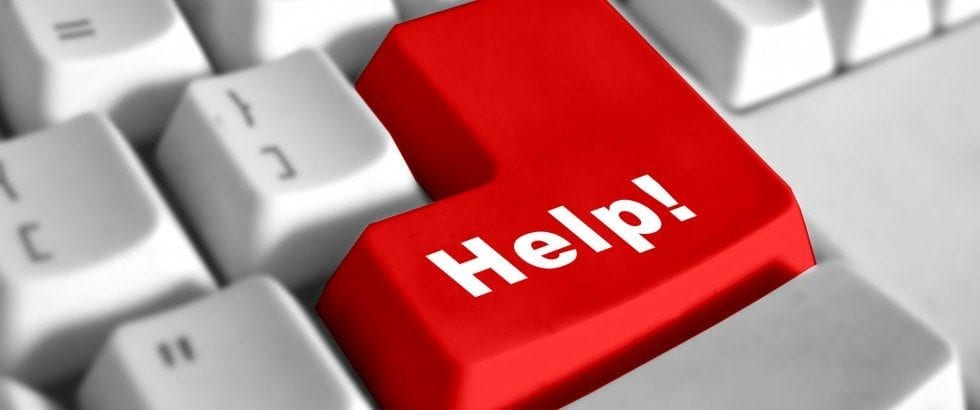The threat to computer users has been rising in recent years and we’re now at the point where the different dangers all have their own names. All viruses are malware, but not all malware is a virus.
Because of this, many of us don’t really know the differences between them all. To make it all seem a little less scary and a lot more understandable, we’re giving you the lowdown on what it all means. Read to differentiate between your spyware from your trojan.
Computer Virus
The term ‘computer virus’ is often used to describe the entire suite of computer-related problems introduced onto your laptop or PC, by others. But, a computer virus actually has its own, very specific meaning. In simple-ish terms, a computer virus is a piece of code, or program that’s loaded onto your PC or laptop, by someone with malintent and without your knowledge. The virus then works or ‘runs’ without your command or authority and can replicate itself and infect other computers through emails or links. There are a variety of viruses that do slightly different things. They include:
- Polymorphic viruses.
- Rootkit viruses.
- Overwrite viruses.
- Macro viruses.
Spyware
Spyware is designed to spy on you as you are online and use your PC or laptop. The programs secretly record what you do when you’re logged onto your computer. The end aim of spyware is typically to capture passwords, credit card details and online banking credentials. Then, once the information has been captured, it is sold to or used by fraudsters. Spyware was initially created as a marketing aid, to see which web pages people clicked on and how they used the internet. But today, its most likely to be employed with malicious intent.
Trojan
A trojan virus is a program that looks like one you would use or run. But, once its opened and running, it grabs private information and also attempts to make your computer more open to other malware. A trojan It can be downloaded to your computer as part of a game or legitimate program. Then once the trojan is on there, it can give someone else remote control of your PC or laptop. Malware Malware is the term used to describe all of the above. Malware is malicious software that is designed to spy, steal information and threaten users in any way possible.
Adware
Adware is where online ads and banner ads pop up as part of a program you’ve downloaded. They’re usually present in free, online versions of a program and you can pay for the full version of that program that will come without ads. If the ads are part of the program but the customer is unaware of them, they can also be described as spyware, particularly if they keep tabs on if the user visits the websites from the ads.
Bloatware
Bloatware are programs which should be useful, but take up so much disk space to run that it becomes a program you don’t want on your computer. While bloatware doesn’t tend to be dangerous, it does slow your computer down a lot.
Be Aware of Changes to Your Computer
As you can see, there are many different ways your laptop or PC can be targeted by criminals or affected by programs that contain more than you might expect. That means it’s important to always be aware of how your computer is working. If you notice a sudden change in performance then investigate or get in touch with us to seek advice and assistance. It might turn out to be nothing to worry about, but it could be something important that could damage your hardware or worse.





